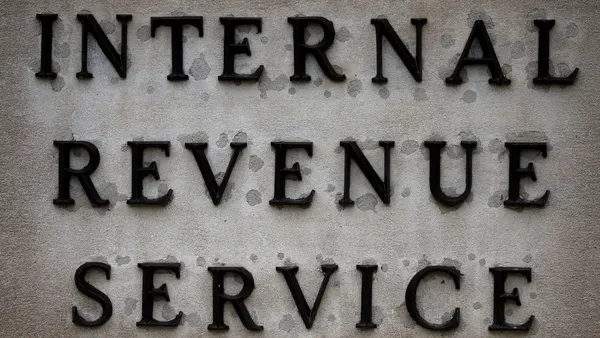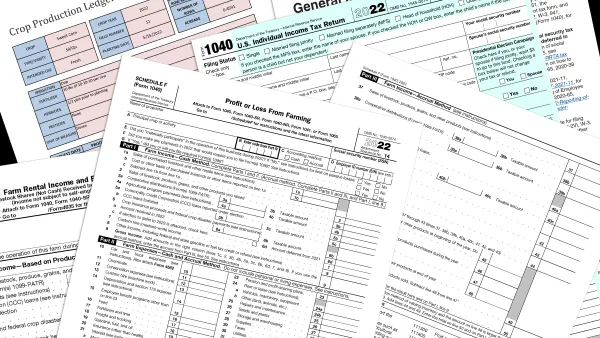CFOs need data and reporting systems to ensure compliance and competitiveness with the EU Carbon Border Adjustment Mechanism (CBAM). An inefficient system can lead to cost overestimation, misguided decarbonization strategies, and non-compliance issues.
The EU Omnibus proposes to raise the CBAM reporting threshold and delay deadlines, but it is still a demanding piece of legislation that captures some 20,000 European companies in its scope and requires immediate preparation.
Most importantly, CBAM puts a price on carbon, making it a clear part of the CFO’s mandate. To manage this new financial liability, there are six steps that every CFO should take to prepare.
1. Establish a cross-functional CBAM task force
Company-wide collaboration is a critical first step in establishing your CBAM approach.
Here are some example CBAM task force functions:
Chief Financial Officer
- Designate head of CBAM task force
- Ensure compliant, auditable reporting and financial accounting
- Manage CBAM financial implications, costs, tax, risk, and liquidity
- Manage purchase, surrender, and strategic planning of CBAM certificates
- Work with CIO to source the right software for CBAM management
Chief Procurement Officer
- Identify imported CBAM goods
- Collect actual supplier emissions data
- Consider emissions data and CBAM costs when choosing suppliers
Chief Operations Officer
- Align procurement, logistics, and production for CBAM readiness
- Drive low-carbon process improvements
- Integrate CBAM into sourcing and planning with the CPO
Chief Sustainability Officer
- Manage CBAM in context of sustainability targets
- Drive decarbonization to lower CBAM costs
2. Enable actual supplier emissions data collection
First, it’s a matter of compliance. At least 80 percent of emissions in CBAM declarations must use actual supplier data, not default values.
Second, using default values — which generally lean higher to avoid carbon underestimation — requires justification and threatens cost overestimation. This means more CBAM certificate purchases and leads to decarbonization strategies that rely on inaccurate emissions data.
The CFO should ensure their team is fully enabled and incentivized to collect actual emissions data.
3. Ensure auditable reporting and compliance
The CFO needs to work with other functions like corporate financial reporting, regulatory compliance, tax, treasury, and legal to ensure timely, auditable reporting and financial accounting.
CBAM compliance also requires the purchase, management, and surrender of CBAM certificates. The company’s CBAM obligations and purchased certificates have to be accounted for in accordance with global accounting standards like the IFRS or US GAAP.
The CFO must ensure that certificates are purchased in a timely manner to cover 80 percent (or 50 percent if the Omnibus is approved) of the company’s imported emissions.
4. Forecast CBAM impact and budget for compliance
The purchase of CBAM certificates carries a significant financial impact. Budgeting for this impact and other CBAM-related costs like software licenses and supplier initiatives fall squarely on the CFO’s shoulders.
CBAM certificate prices are dynamic and tied to the European carbon price (EUA). The EUA price in 2024 averaged around €65 per metric ton of CO₂. In February 2023, it reached an all-time high at just over €100. Analysts predict 2030 prices to be around €150, steadily climbing into 2034 when CBAM is planned to be fully implemented.
Forecast these costs with a CBAM cost model that uses import volume estimates, emission intensities, and CBAM certificate prices. Project your best and worst case CBAM costs, and its impact on your margin and liquidity.
5. Work with the business to drive decarbonization
Decarbonization mitigates risks and reduces costs.
Together with the COO, CPO, and CSO, identify carbon “hot spots” in your supply chain, incentivize suppliers to reduce emissions, ensure product engineering considers the impacts of working with CBAM materials, and find other opportunities to decarbonize your business.
CFOs increasingly recognize the value of accounting systems that combine carbon and financial metrics based on established accounting principles to guide decarbonization efforts.
6. Streamline CBAM processes with ERP software
Even the most prepared CFOs may stumble when collecting, consolidating, and reporting emissions data with auditable confidence from hundreds of suppliers.
ERP software solutions simplify all aspects of CBAM management, from reporting and compliance to forecasting and financial planning.
SAP Green Token, for example, can automatically collect and consolidate CBAM-relevant data from your ERP as well as generate CBAM reports ready for submission.
SAP Green Ledger allows companies to update and record CBAM certificate obligations, purchases, and manage its related assets and liabilities. It also supports the two-dimensional accounting strategy that combines carbon and financial metrics.
To see how ERP software solutions can enhance your CBAM strategy, drive decarbonization, and grow margins, read the playbook.
To learn more about the regulation, visit “What is EU’s CBAM?”










